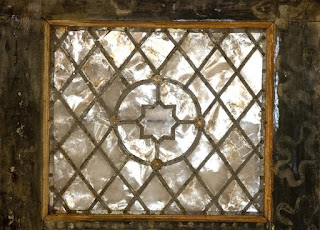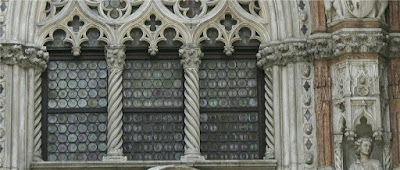The Evolution of Window Glass
The first window
glass, although very imperfect, appeared at the beginning of the Christian era
at the Romans. However, after the fall of the Roman Empire, the secrets of its
production were lost and in the initial period of the Middle Ages in Europe
they did not know the window glass. The question naturally arises, what was in
the windows? Often the windows were closed with solid wooden shutters. On warm
days, they opened, letting daylight into the room. At other times, the windows
were closed, and the room was lit with candles.
 |
| Mica Window |
 |
| European Glass Windows in the 18th Century |
As already
mentioned, the Romans learned how to make window glass in the last years before
Christ. They did this by casting and rolling the liquid glass into a mold in the
form of a baking sheet, which was made of clay. The castings were removed from
the mold while still hot and the glass was plastic. In this way, window glass
with a thickness of about 10 mm and an area up to 0.5 m² was obtained. Since
the side of the sheet adjacent to the shape turned out to be rough, the glass
was not transparent.